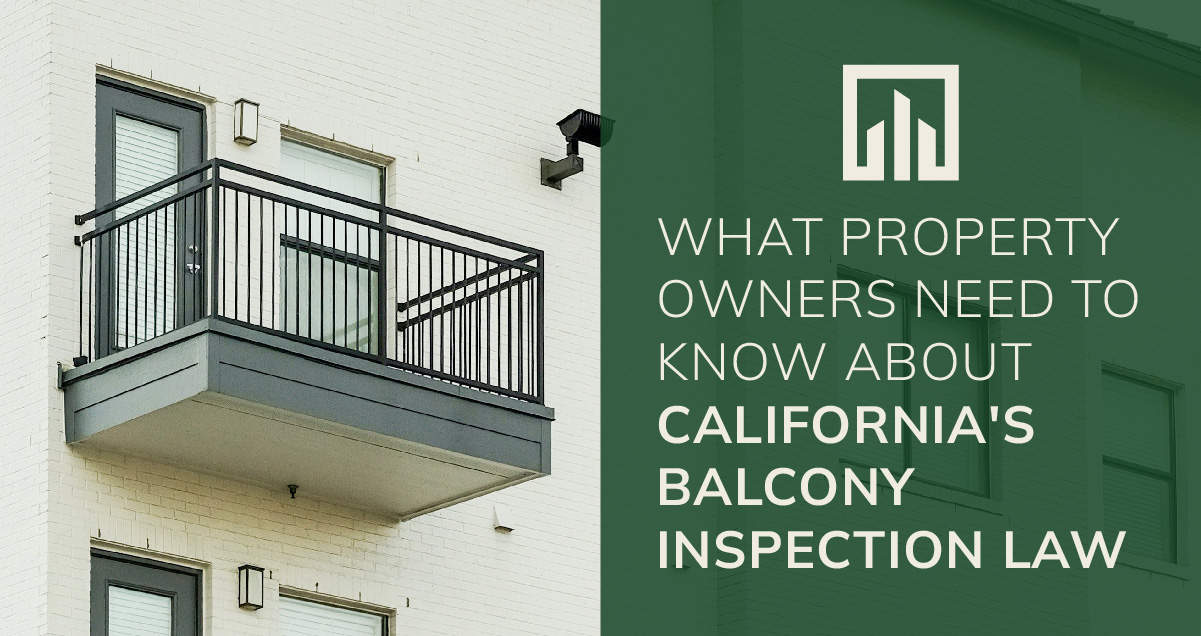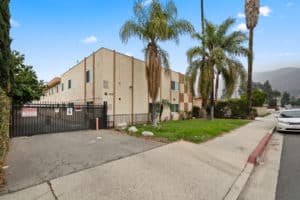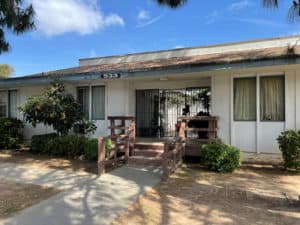Property owners — if you own an apartment complex with three or more units and two or more floors with elevated structures, such as balconies or decks, awareness of California’s Balcony Inspection Law (SB 721) will enable compliance on or before the required date of January 1, 2025.
The Origin of the Law
On June 15, 2015, six University of California, Berkeley students fell to their deaths when the fourth-floor balcony collapsed. At least seven other students were injured. Reports cited extensive wood rot from water damage in the wooden support beams holding up the structure, and the use of substandard wood in construction. The property owner and manager settled multiple lawsuits in 2015 for an undisclosed amount, estimated to be multimillions of dollars. The contractor who built the balconies was also liable, paying an equally hefty sum.
How the Balcony Inspection Law affects you
To prevent another tragic accident, prior California Governor Jerry Brown signed the Balcony Inspection Law. SB 721 requires that initial inspections of elevated exterior elements be completed by January 1, 2025, including walkways, balconies, decks, landings, stairways, and railings that are six or higher feet above ground level. This applies to apartment buildings with three or more units and two or more stories. If you own a larger complex, the law requires that 15 percent of all elevated elements be inspected. Re-inspections are required every six years.
What will inspectors look for?
Inspections will address structural integrity, flashings, and waterproofing. According to the California code, the assessment needs to identify each Exterior Elevated Element (EEE) type. After they are identified, the minimum inspection includes:
- Condition of load-bearing components
- State of associated waterproofing elements
- Evaluation of expected future performance and projected service life
Your property management firm can help you find the right inspector. SB 721 dictates that the inspector must be a licensed architect, civil or structural engineer, or building contractor holding specific licenses as a B General Contractor or C5 Framing.Once your inspector finishes the inspection, you must find a different person complete any repairs.
Property management: post-Inspection
Once the inspection is complete, local building officials must be notified of any hazardous conditions that pose life-safety problems. After that, you have between 15 and 120 days to address the repairs.
Alternatively, if the inspector cited you for non-emergency repairs, you must still apply for permits within 120 days of receiving the report. Once your permit is approved, the 120-day clock begins again to complete restorations.
If you don’t comply with the repair requirements within 180 days, your inspector will be required to report it to local enforcement. In addition, you may be assessed for a civil penalty if you don’t complete repairs within 30 days of the notice. In the worst-case scenario, a building safety lien on your property is implemented.
Let Pan American guide you through SB 721
Pan American Properties knows the law and can guide you through this process, ultimately saving you thousands of dollars and averting another tragedy like the one in Berkeley. Call us today at (888) 754-9700 or email us at [email protected] to learn more.






